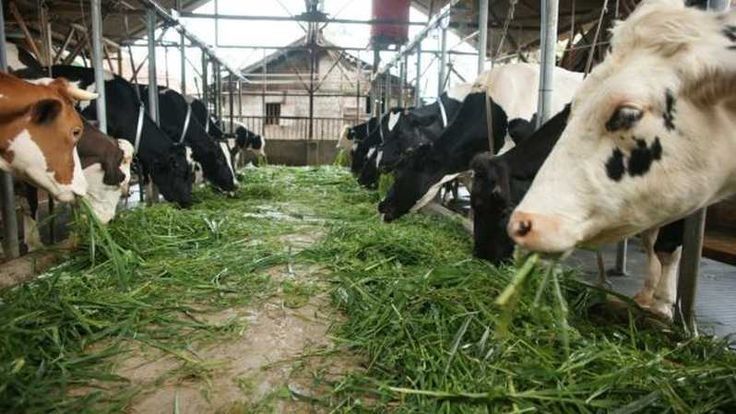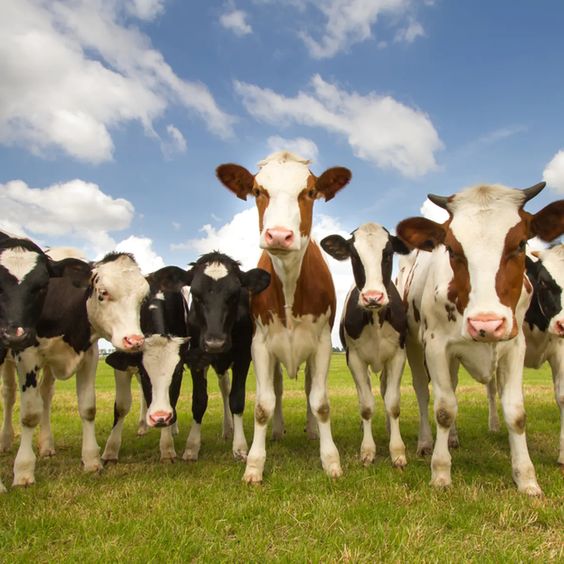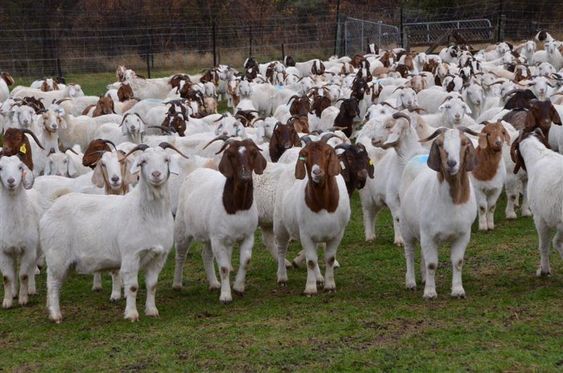The Fascinating World of Dairy Cows: From Pasture to Milk Aisle
Dairy cows, those gentle giants of the farm, play a vital role in our food system. They provide us with a rich source of calcium, protein, and essential vitamins through their milk, a staple in many cultures around the world. But what exactly are dairy cows, and how do they produce the milk we enjoy? This article delves into the world of dairy cows, exploring their breeds, biology, and the dairy farming process.
Breeds: A Colorful Array of Milk Producers
There are over 800 recognized cattle breeds globally, but only a select few are specifically bred for milk production. These breeds boast unique characteristics that influence milk composition and quantity. Here are some of the most popular dairy cow breeds:
-
Holstein: The undisputed champion of milk production, Holsteins are easily recognizable by their black and white markings. Renowned for their high milk volume, they are the dominant dairy breed in many countries.
-
Jersey: Known for their golden-brown coats and docile temperament, Jerseys produce milk with a higher butterfat content, ideal for cheesemaking. While their overall milk yield is lower than Holsteins, the richness of their milk makes them a valuable breed.
-
Brown Swiss: This breed is admired for its adaptability and longevity. Brown Swiss cows produce milk with good protein content and are known for their efficient feed conversion, making them popular in regions with limited resources.
-
Ayrshire: Originally from Scotland, Ayrshires are known for their reddish-brown coats and hardiness. Their milk is known for its high protein and lactose content, making it suitable for various dairy products.
-
Guernsey: This breed is known for its beautiful golden coat and gentle nature. Guernsey milk is known for its distinctive creamy yellow color and high butterfat content, perfect for producing flavorful butter and ice cream.
These are just a few examples, and each breed has its strengths and weaknesses. Dairy farmers carefully choose breeds based on factors like climate, desired milk characteristics, and farm size.
Biology of Milk Production: A Complex Marvel
A Dairy Cows ability to produce milk stems from its natural maternal instincts. After giving birth to a calf, a cow’s body undergoes hormonal changes that stimulate milk production. These hormones, primarily prolactin and oxytocin, trigger the mammary glands, located in the udder, to produce milk.
The production process is quite remarkable. Blood components are filtered and transformed within the mammary glands to create milk. This intricate biological machinery ensures a continuous supply of milk, rich in nutrients essential for the calf’s growth.
Here’s a closer look at the key components of milk:
- Lactose: The primary sugar in milk, providing energy for the calf.
- Protein: Essential for building and repairing tissues.
- Fat: Provides energy and contributes to the creamy texture and flavor of milk.
- Calcium: Crucial for bone development and other bodily functions.
- Vitamins and Minerals: A rich source of essential nutrients like Vitamin A, D, and B12.
The composition of milk can vary slightly depending on the breed, cow’s health, and diet. Dairy farmers strive to provide optimal nutrition to their cows to ensure milk production remains efficient and the milk itself is of the highest quality.
The Dairy Cows Farm: From Cow Care to Milk Collection
Dairy Cows farming is a complex operation that requires a delicate balance between animal welfare, milk production, and economic viability. Here’s a glimpse into the key aspects of a dairy farm:
-
Cow Care: Dairy cows require proper housing, nutrition, and veterinary care to stay healthy and productive. Modern dairy farms prioritize cow comfort with spacious barns, comfortable bedding, and access to clean water and fresh air.
-
Nutrition: Dairy cows are ruminants, meaning they have a four-chambered stomach that allows them to efficiently break down tough plant matter. Their diet typically consists of a combination of forages like hay and silage, along with grains and protein supplements to meet their specific nutritional needs.
-
Milking: Milk is collected from the cows using specialized milking machines. These machines are designed to mimic a calf’s suckling action, ensuring a comfortable and efficient milking process. Milking typically occurs two to three times a day to maintain milk production.
-
Milk Handling and Processing: After milking, the milk is rapidly cooled to prevent spoilage. It then undergoes rigorous testing to ensure quality and safety before being transported to processing facilities. At these facilities, milk is pasteurized, a process that eliminates harmful bacteria, and then packaged for distribution to consumers.






